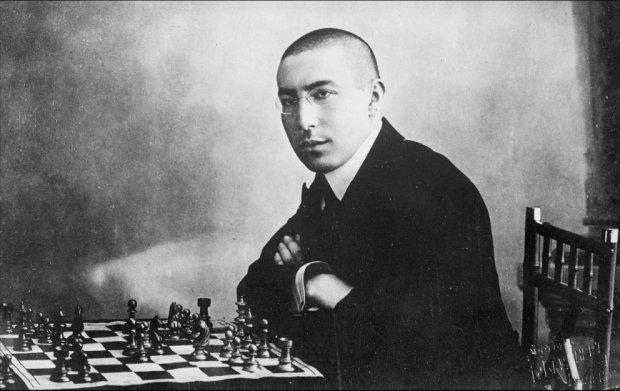
Rook Endings: Following Rubinstein 1
Good time of day to you, my dear chess friends. I've recently come to realize a few things about myself, and more relevant to this blog, my chess. The first is that I have not done well to keep this blog true to its original purpose, which was to serve as a place to display my analysis and study in an effort to hit 2000 USCF (and to encourage others to meet their own chess goals). I have certainly been lacking in this department and hope to resume, starting with this entry, a more steady string of chess analysis posts. The second thing I've realized is that my goals have shifted. Technically I'm still floating near the middle of Class A in terms of rating, but I now have an ambition to pursue 2200+ USCF. In other words, I'm unofficially changing this blog's title to "Road to Master." I've never been much of a settler, and so I hope that aiming my ambitions at a loftier goal will push me to study more and improve my understanding to new levels. On this end I will make an effort to close any ongoing series that I've started as part of this blog (including the WCC analysis of classical matches), and I will also start sharing some tactical exercises with the reader. And the final realization is that I would really like to focus on endings more, and that thus far I haven't delivered any content of this type. And so, I introduce you to the topic of this entry: the rook endgames of Akiba Rubinstein!
I hope to make this into something of a regular series, of which I cannot say at the outset how many parts it will contain. In the future I will include other more complex types of endings with master level games to show important concepts. In any case, I have decided to begin with the great Rubinstein because his rook endings contain a particular clarity and logic which make for highly instructive analysis. I hope we call can learn together through discussion of the rook endings found in this series. In this first installment, I've chosen games where Rubinstein enters the rook ending up a pawn with some other advantages and examines how he converts the position to a win, almost effortlessly. In future posts, I'll choose endings where the advantage is less clear, but for now I'll just be displaying the general concepts of the endgame. And now, on to the games!
Thanks for reading and please feel free to comment below. I'm thinking of having at least two more parts of the Rubinstein segment and then I plan on moving to other great endgame technicians, such as Capablanca and eventually working up to Carlsen. Also, if anyone knows how to fix this spacing issue between diagrams in v3, I'd greatly appreciate the help (I tried placing the diagram's closer but was encountering some very glitchy displays).